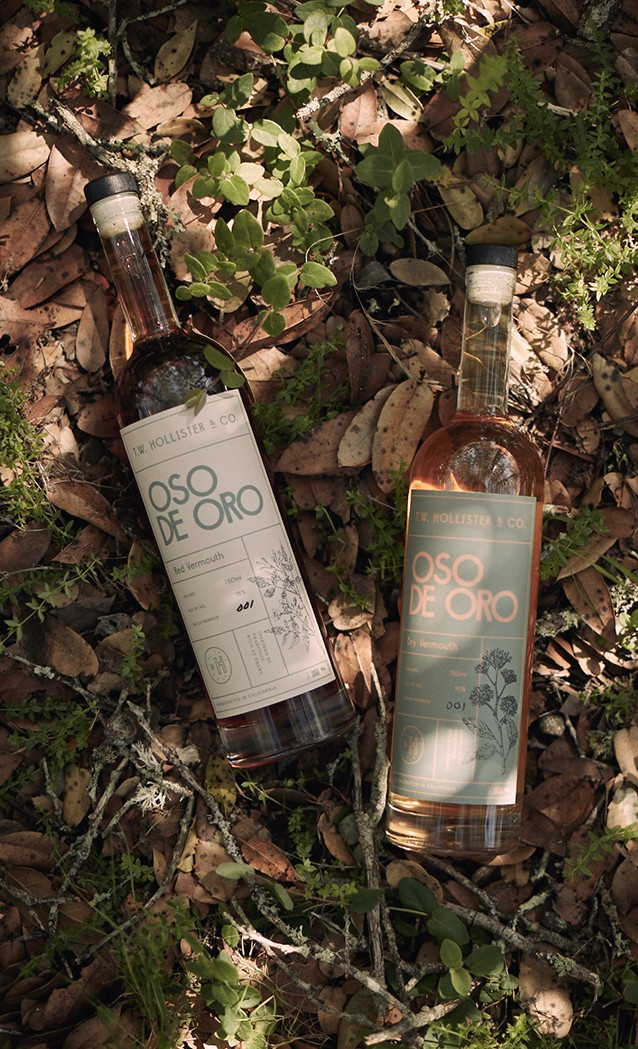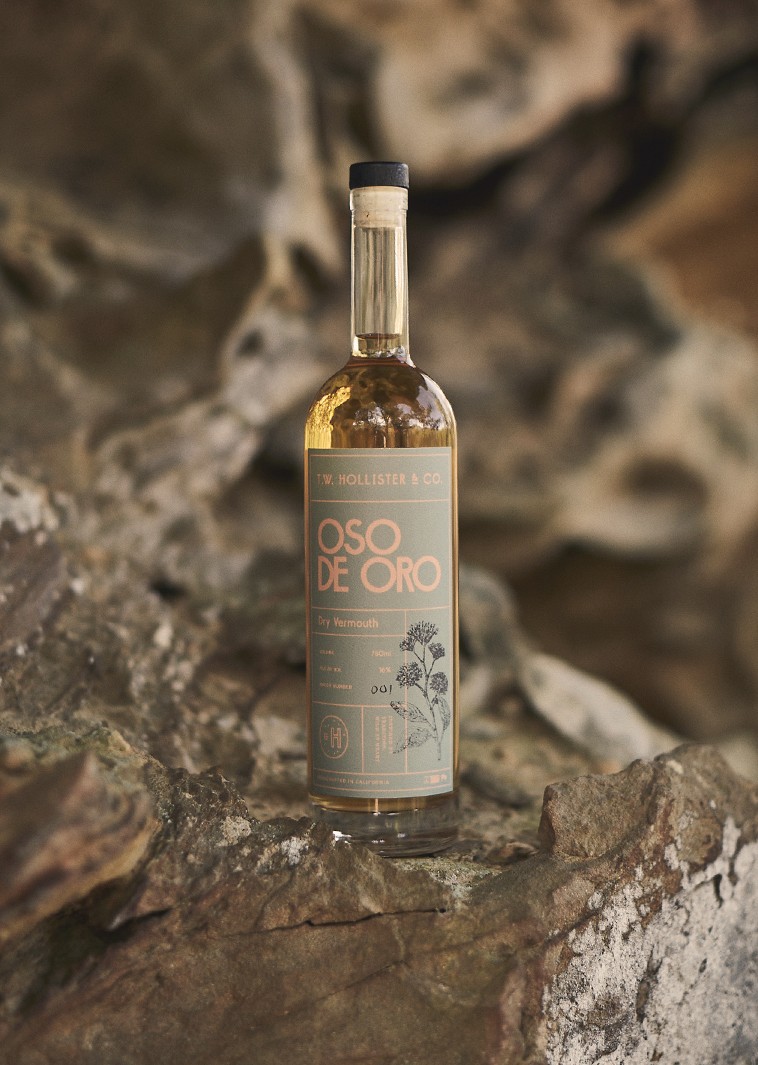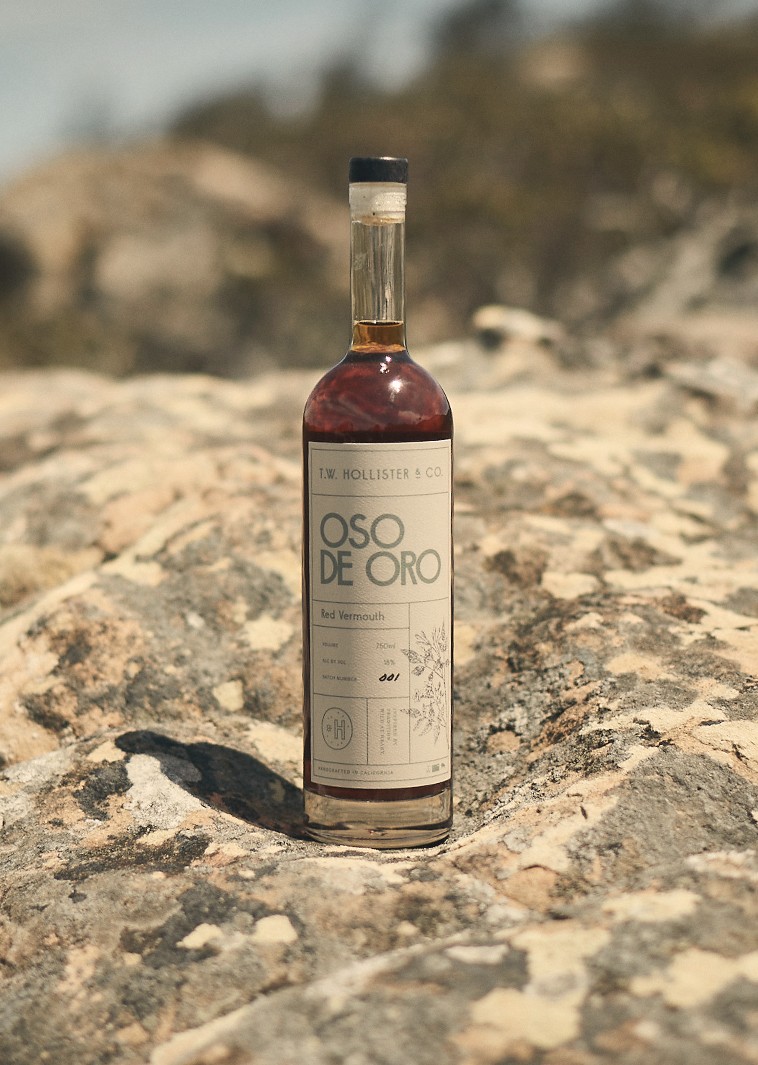
T.W. Hollister & Co. was created for the adventurer within us, to celebrate the untamed spirit of the West while honoring the legacy of our family’s lineage.

The name Hollister is believed to have derived from Holly, a common bush on the family manor in Gloustershire, and Terra: Latin for earth.

1818Young William Welles was born in Winter, January 12, near Hanover, Ohio, to Philena and John Hollister—a direct descendant of Thomas Welles, Fourth Colonial Governor of Connecticut.
1852Our family’s patriarch, Colonel W.W. Hollister, now 32, sold his vast Ohio homestead and embarked on an epic journey to California. He found Santa Barbara, and loved it deeply.

1854Returning West again, this time with his family and 10,000 Merino sheep, W.W. crossed the Great Plains, the Rockies and the California Deserts to Rancho San Justo—current day Hollister, CA.

1865The Civil War ends. On April 9, Lee surrenders to Grant. A week later, Lincoln was assassinated. By late Spring, almost 2M Union and Confederate soldiers were mustered back into civilian life.
1871Stearns Wharf. Hollister and Stearns enter into a deal to build a wharf from the foot of State Street to deep water. ($41,000 at 10% interest.) Completed, the new wharf would be given to the City unless it became necessary for the partners to assume the mortgage.

1873California State Legislature declares the Trespass Act effective in all counties—reforms for which Hollister had spent an entire decade fighting. This is marked by many as the greatest single contribution he made to agriculture, and to the State.
1879In addition to Stearns Wharf, Hollister had helped finance and develop the Arlington Hotel, the Santa Barbara News-Press and the Lobero Theatre. The main street of Goleta, California, once part of Glen Annie Ranch, is named Hollister Avenue.

1880Glen Annie Ranch, the Hollister’s country estate, approached by its serpentine Avenue of Palms, was a world-class agricultural and horticultural experiment —complete with weeping acacias, alders, arborvitae from China, Montezuma cypress, Abyssinian bananas and fernleaf beeches.
There were also buckeyes, a bird of paradise, box elders, locusts, calabash, pampas grass, camphor trees from Japan, cocos palms, cinnamon trees from Korea, deodar cedars from the Himalayas, Eugenia hedges and oriental ginkgo trees standing proudly alongside Oregon fir.
Among W.W.’s orchards at the close of the decade were 25,000 almond trees, 2,000 English walnut, 1,200 orange, 1,000 olive, 700 lime, 500 lemon, 500 gum, 250 apple, 50 pear, 50 plum; 5,000 grape vines, date and fan palms, pine, cedar, redwood, Moreton Bay Fig and 200 sweet Japanese persimmons.

– Columbus (Ohio) Journal

Current day, it produces several key botanicals infused in our vermouth, paying tribute to our storied past, while reinforcing our locally-minded ethics.


